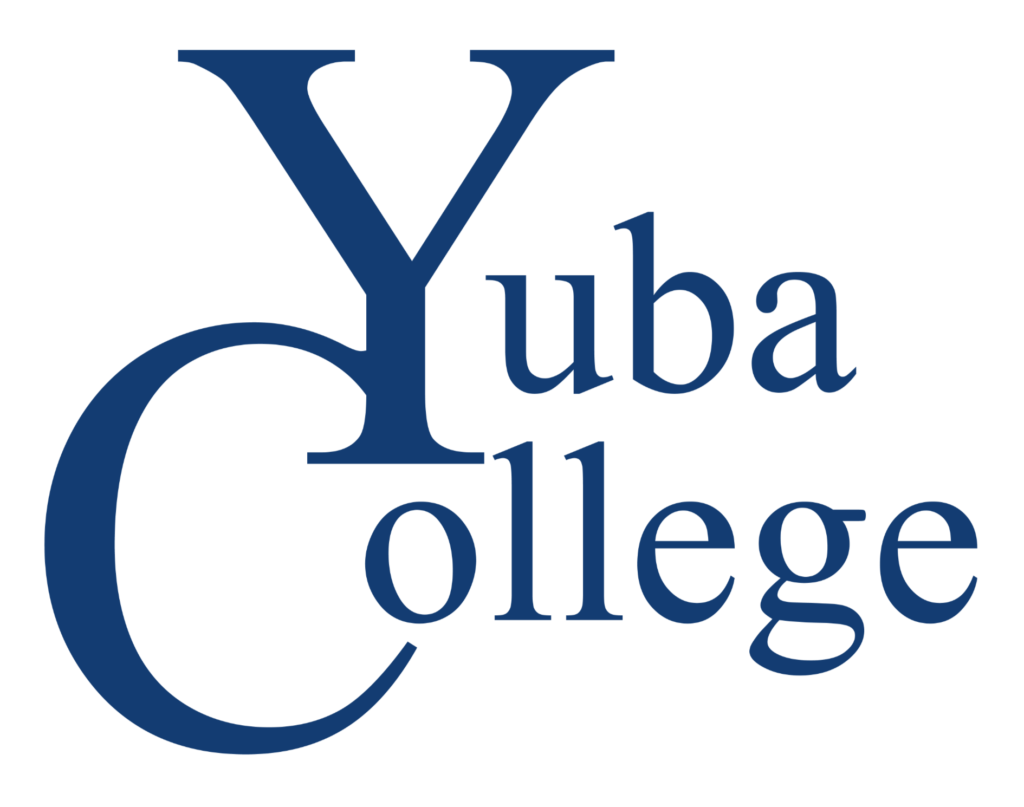CVC-OEI Course Design Rubric & Quality Online Courses
The California Virtual Campus – Online Education Initiative (CVC-OEI) is a collaborative effort among California Community Colleges (CCCs) to ensure that significantly more students are able to complete their educational goals by increasing both access to and success in high-quality online courses.
The California Community Colleges participating in the CVC Consortium have access to numerous helpful resources including:
- Professional Development courses through @ONE
- Training for Peer Online Course Review (POCR) and support for local peer review teams
- Resources curated from faculty across the colleges experienced in online teaching and design
The OEI Course Design Rubric was developed in 2014 by the OEI Professional Development work group to ensure that all courses offered as part of the initiative promote student success and meet existing regulatory and accreditation requirements. It has under gone revisions and updates since then in response to changes in available instructional technology and feedback from both instructors and reviewers. The Yuba College DE committee evaluates courses using the OEI Rubric in a process called “validation.”
Courses that are peer reviewed and aligned to the OEI Course Design Rubric:
- have met the CCC’s highest level of design standards to support online student success and
- can be made available for cross-enrollment to students at participating colleges.
The rubric is divided into four sections. Sections A-C address criteria related to instruction, interaction, and assessment. Section D resources are provided on a separate page of the website and address criteria for accessibility.
OEI Rubric Sections A-C
Section A: Content Presentation
The 14 elements for quality course design in this section address how content is organized and accessed in the course management system. Key elements include course navigation, learning objectives, and access to student support information.
Section B: Interaction
The six elements in this section address instructor-initiated and student-initiated communication. Key elements of quality course design covered in this section include regular effective contact, both between and among instructors and students.
Section C: Assessment
The eight elements in this section address the variety and effectiveness of assessments within the course. Key elements include the alignment of objectives and assessments, the clarity of instructions for completing activities, and evidence of timely and regular feedback.
Peer Online Course Review (POCR)
Following a review by a team of trained faculty peer reviewers, each element in Sections A-C will be marked in one of three ways:
- Incomplete: The element is missing or present to a degree that does not adequately support student success in online learning.
- Aligned: The element is present and effectively designed to support student success in online learning.
- Additional Exemplary Elements: This description recognizes design choices that are aligned and go even further to enhance the student experience in the online learning environment.
To gain additional insight and see examples of the rubric being applied to courses, check out the YouTube Playlist of CVC-OEI webinars. (Look for the 1/4 icon in the video window to select the other videos in the Playlist.)
SECTION D: Accessibility
The 16 elements in this section are reviewed to determine if a student using assistive technologies will be able to access the instructor’s course content as required by Section 508 of the Rehabilitation Act of 1973 (also knows as 508 Compliance). The accessibility elements in Section D focus on instructor-generated content that is primarily under the control of faculty when developing a course. Since Section D addresses elements that are required to be present, the elements in this section, when applicable are only marked as Incomplete or Aligned.
Resources for making Canvas pages and documents accessible can be found on the Yuba College DE Website pages: Section D1-D3, and Sections D4-D16
VIDEO SAMPLES BY YUBA INSTRUCTORS MEETING SECTIONS OF OEI RUBRIC
A9: Instructions for students to interact with content
C7: Feedback
